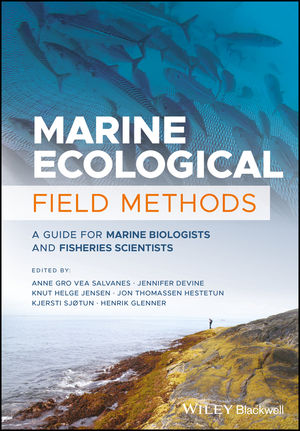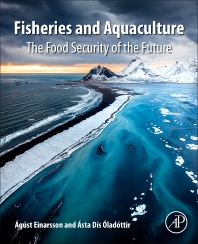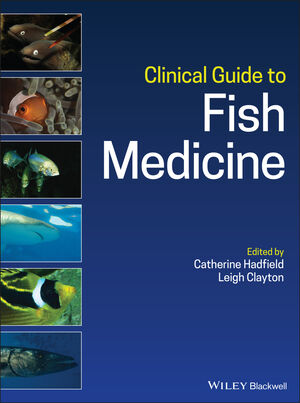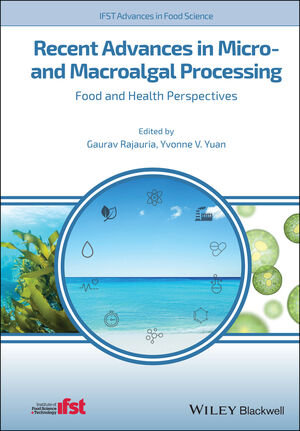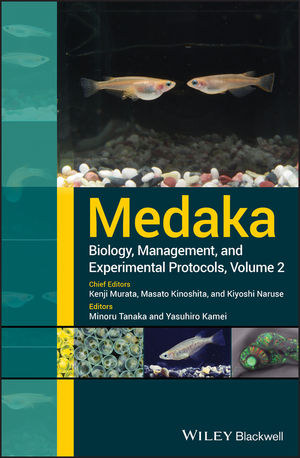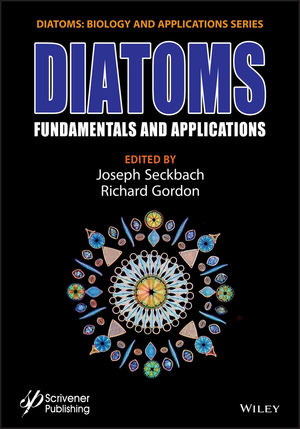
Features
Recirc
How diet effects salmon waste …and implications for RAS
March 25, 2014 By Quentin Dodd
In recirculating aquaculture systems (RAS) fecal waste is typically removed by micro-screening, therefore the fecal particle size distribution (PSD) is an important parameter that determines filtration-efficiency and hence water treatment efficiency.
Suspended particles that remain after screening contribute significantly to chemical oxygen demand (COD), which is one of the main parameters in the design of recirculating aquaculture systems. Fecal particle size distribution and the composition of fecal material can both be affected by diet formulation.
Some of these effects were reported in a paper presented at the Second Workshop on Recirculating Aquaculture Systems held in Aalborg, Denmark, last October. Andries Kamstra of IMARES in Yerseke, the Netherlands, and his colleagues Ep H. Eding and Rob van de Ven tested the effect of diet formulation on feces from Atlantic salmon (Salmo salar) taking all fractions and relevant parameters into consideration.
Three diets tested
Three diets were formulated and tested: 1) a commercial control, 2) the same control diet with a mix of binders added, and 3) an alternative formula containing more vegetable ingredients, but with the same combination of binders.
The diets were tested in duplicate in six identical RAS over a four-week period. At the end of the experiment fecal waste was collected by dissection. Part was used for determining rheological parameters (viscosity and elasticity). The remainder was used in a screenability trial: feces were agitated with air for five minutes in 1 litre of de-mineralized water. TS, N and COD were determined on three fractions: > 280 µm; 1.2-280 µm; and <1.2 µm. The PSD of the intermediate fraction was also analyzed.
Diet composition had a significant effect on fecal theology: Average viscosity (Pa·s) of feces from diets 1, 2 and 3 was 97, 146 and 279 respectively, while elasticity (Pa) was 438, 568 and 1358. There was a significant correlation between viscosity and the fraction of COD >280 μm (y = 0.62x + 128.8; R2 = 0.68). Roughly 50% of dry matter (DM) and COD in feces from all diets was found in the fraction <1.2 μm. The fraction of DM with a particle size smaller than 40 μm amounted to 75, 64 and 71% in feces from diets 1, 2 and 3 respectively (diet 2 best).
Hardly any material could be detected in the size range 60 to 280 μm. Diet 3 produced fecal material with a large fraction of very small particles probably originating from the vegetable components. Drum filter efficiency (100 μm screen, water exchange 500 l/kg feed) for COD based on a mass balance was 77, 84 and 80% for diets 1, 2 and 3 respectively. (Again, diet 2 was best.)
For more information contact Andries Kamstra at: andries.kamstra@wur.nl.
Print this page
Advertisement
- International Conference on Recirculating Aquaculture
- Hungarian researchers test effectiveness of tannin treatment on carp and catfish eggs
